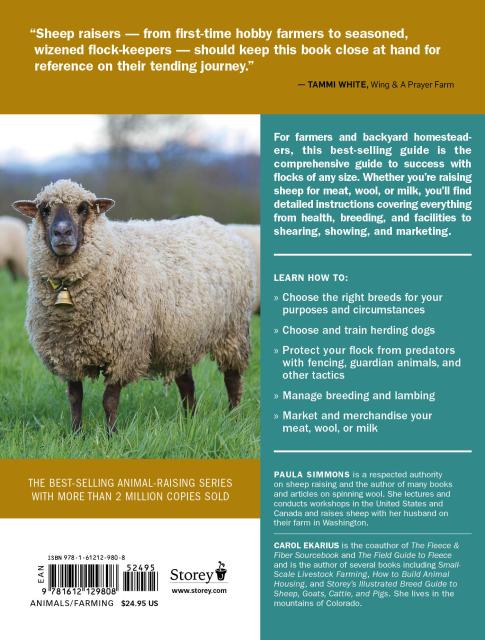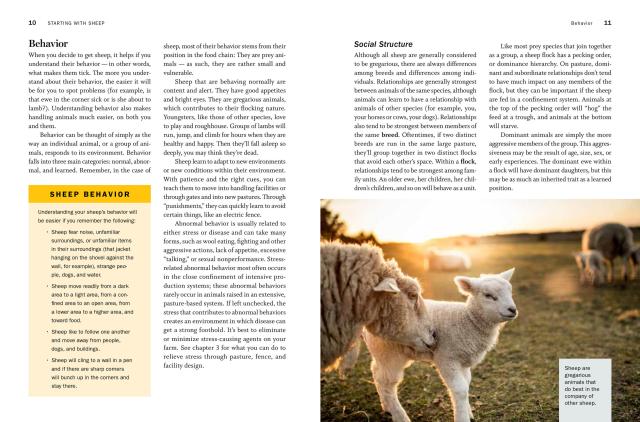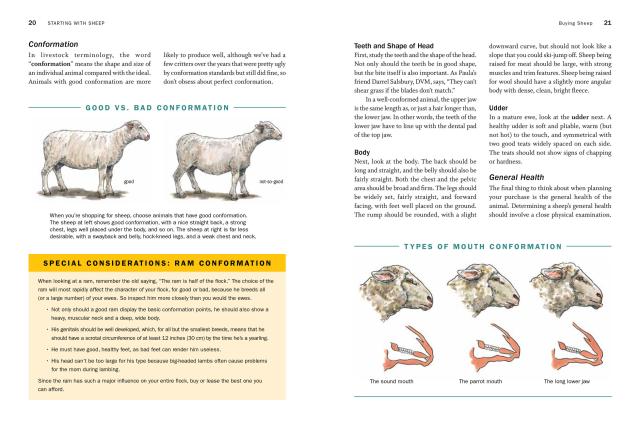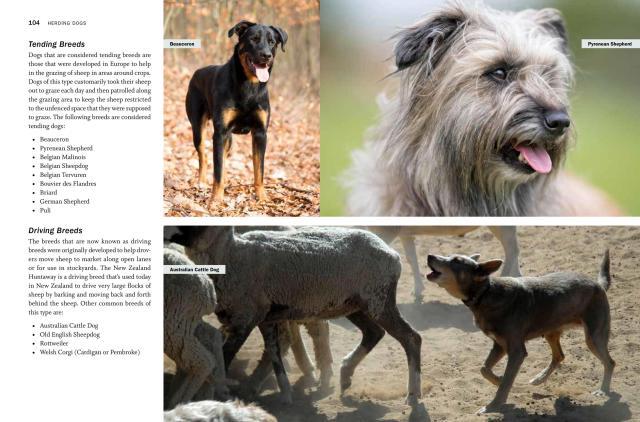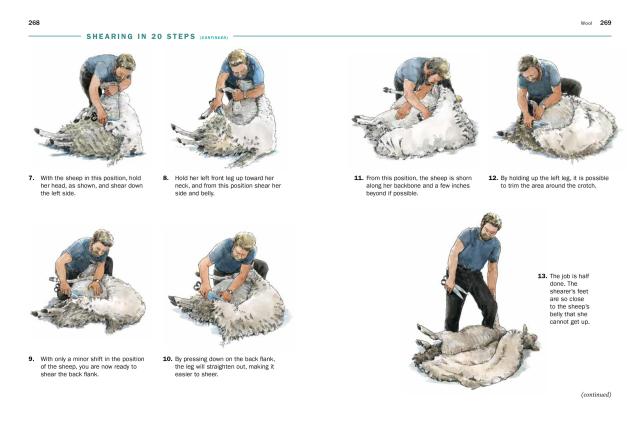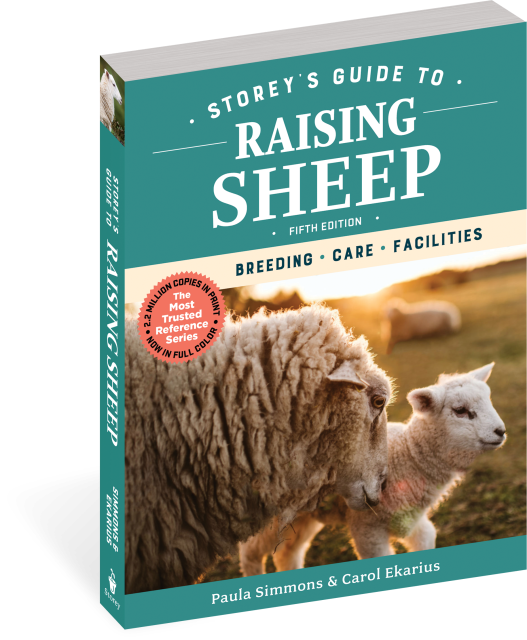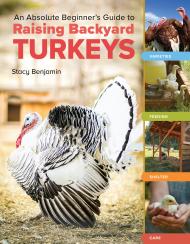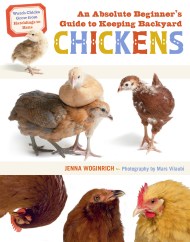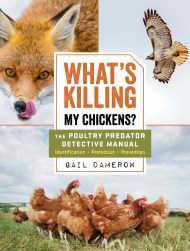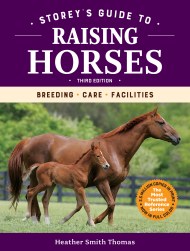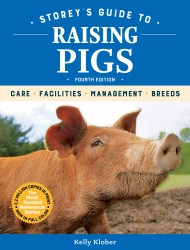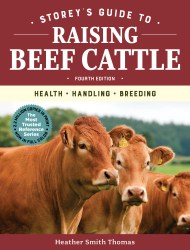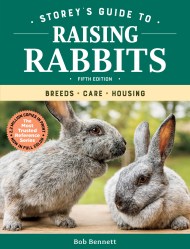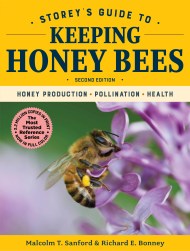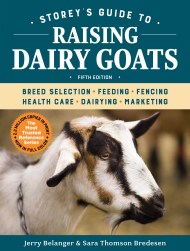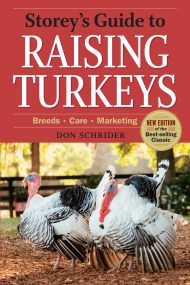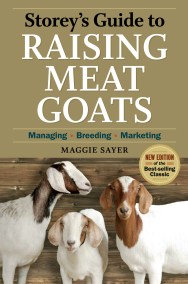Promotion
Use code BEST25 for 25% off storewide. Make sure to order by 11:59am, 12/12 for holiday delivery!
By clicking “Accept,” you agree to the use of cookies and similar technologies on your device as set forth in our Cookie Policy and our Privacy Policy. Please note that certain cookies are essential for this website to function properly and do not require user consent to be deployed.
Storey’s Guide to Raising Sheep, 5th Edition
Breeding, Care, Facilities
Contributors
Formats and Prices
- On Sale
- Jun 25, 2019
- Page Count
- 368 pages
- Publisher
- Storey
- ISBN-13
- 9781612129808
Price
$24.95Price
$30.95 CADFormat
Format:
- Trade Paperback $24.95 $30.95 CAD
- ebook $12.99 $16.99 CAD
- Hardcover $34.95 $46.95 CAD
This item is a preorder. Your payment method will be charged immediately, and the product is expected to ship on or around June 25, 2019. This date is subject to change due to shipping delays beyond our control.
Buy from Other Retailers:
The fifth edition of Storey’s Guide to Raising Sheep is now updated with full-color illustrations and photographs throughout, including a gallery of the best breed choices for both meat and fiber. With their small size and gentle dispositions, sheep are one of the easier livestock species to raise and offer varied marketing opportunities, including meat, wool, and milk.
Detailed instructions and graphics lead readers through every essential procedure, including:
*Shearing
*Building a lambing shed
*Breeding and lambing
*Butchering
*Marketing
Series:
-
"Through the years, Storey’s Guide to Raising Sheep has been our ‘bible’ at Wing A Prayer Farm. We’ve kept it on hand — dog-eared, margin-noted pages and all — in the barn, in the house, and on our list of recommended reading for beginner shepherds. We encourage sheep raisers, from first-time hobby farmers to seasoned, wizened flock-keepers, to keep their own copy for reference on their tending journey." — Tamara White, Wing A Prayer Farm
Newsletter Signup
By clicking ‘Sign Up,’ I acknowledge that I have read and agree to Hachette Book Group’s Privacy Policy and Terms of Use

